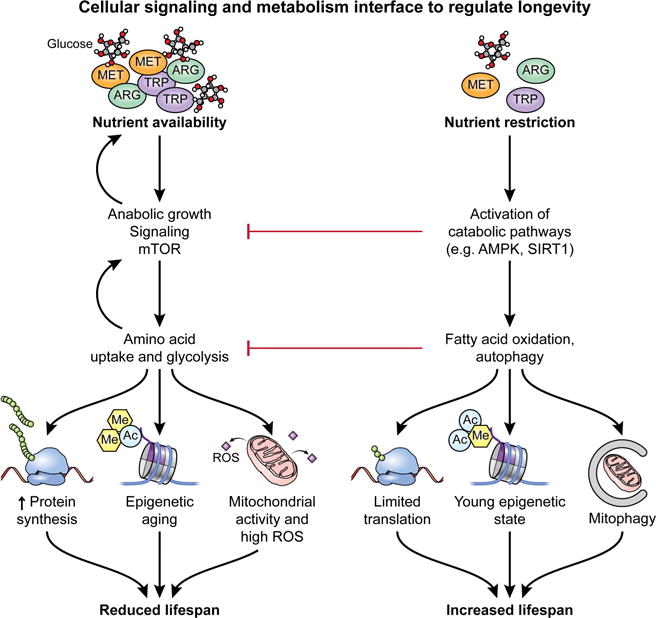Figure 3. Cellular signaling and metabolism interface to regulate longevity.

At an organismal and cellular level, the availability of key nutrients such as glucose and amino acids strongly influences longevity. Under conditions of nutrient abundance, anabolic growth signaling pathways including the PI3K-Akt-mTORC1 axis are active, resulting in a feed forward loop promoting greater uptake and usage of nutrients. This ultimately results in increased cell growth through elevated synthesis of proteins and other cellular building blocks. However, increased anabolic signaling is also associated with epigenetic aging and elevated mitochondrial activity and increased ROS production. Ultimately, these factors result in reduced lifespan. On the other hand, nutrient restriction activates catabolic signaling pathways such as AMPK or SIRT1, which in addition to actively inhibiting anabolic growth pathways, also act to promote catabolic metabolism including FAO and autophagy. Catabolic signaling and metabolism limits protein translation and biosynthesis, while promoting a young epigenetic state and increased mitochondrial turnover. Ultimately, nutrient restriction is a key promoter of increased longevity.
